Specifications
| book-author | Gary L. Prost |
|---|---|
| publisher | CRC Press; 3rd edition |
| file-type | |
| pages | 702 pages |
| language | English |
| asin | B00GC9TI0G |
| isbn10 | 1466561742; 0367867575 |
| isbn13 | 9781466561748/ 9780367867577 |
Book Description
This third edition of the bestselling Remote Sensing for Geologists: A Guide to Image Interpretation is now titled Remote Sensing for Geoscientists: Image Analysis and Integration; 3rd edition; (PDF). The title change shows that this edition applies to a broad spectrum of geosciences; not just geology; emphasizes that remote sensing has become more than photointerpretation; and stresses the integration of multiple remote sensing technologies to solve Earth science problems. The text reviews systems and applications describe what to look for when analyzing imagery; and gives abundant case histories to illustrate the integration and application of these tools.
See What’s New in the 3rd Edition:
- Broader coverage to include incorporation of multiple remote sensing technologies
- Expanded with important new illustrations in color and reviews of new satellites and sensors
- Analysis of imagery for remote geochemistry; geobotanical remote sensing; modern analogs to ancient environments; and astrogeology
The ebook covers how to start a project; including determining the objective; choosing the right tools; and selecting imagery. It explains techniques used in geologic mapping and mineral and hydrocarbon exploration; image analysis used in mine development and petroleum exploitation; groundwater development; site evaluation; surface water monitoring; geothermal resource exploitation; and logistics. It also shows how imagery is used to establish environmental baselines; monitor air; land; and water quality; map hazards; determine the effects of global warming.
Numerous examples of geologic mapping on other planets and the moon highlight how to evaluate planetary surface processes; map stratigraphy; and find resources. The ebook then examines remote sensing and the public; geographic information systems; and Google Earth; and how imagery is used by the media; in the legal system; in public relations; and by individuals.
Readers should come away with a good understanding of what is included in image analysis and interpretation and should be able to identify and recognize geologic features of interest. Having read this ebook; they should be able to effectively use the imagery in petroleum; mining; surface water; groundwater; engineering; and environmental projects.
NOTE: The product includes the ebook; Remote Sensing for Geoscientists: Image Analysis and Integration; 3rd Edition; in PDF. No access codes are included.

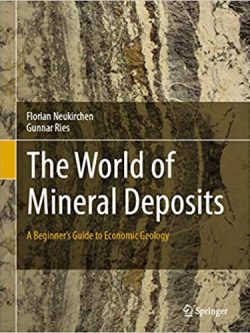
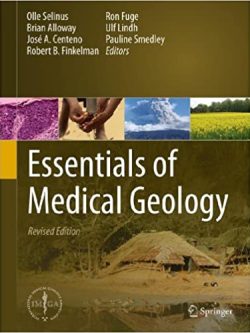

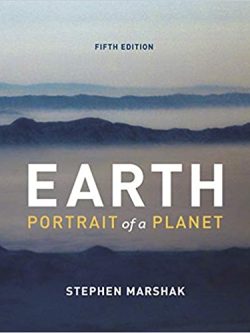


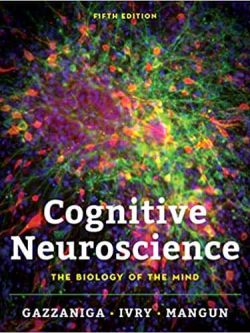




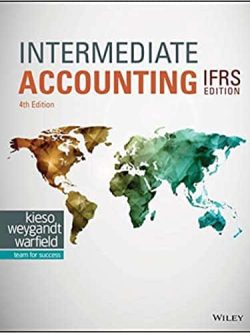
Reviews
There are no reviews yet.